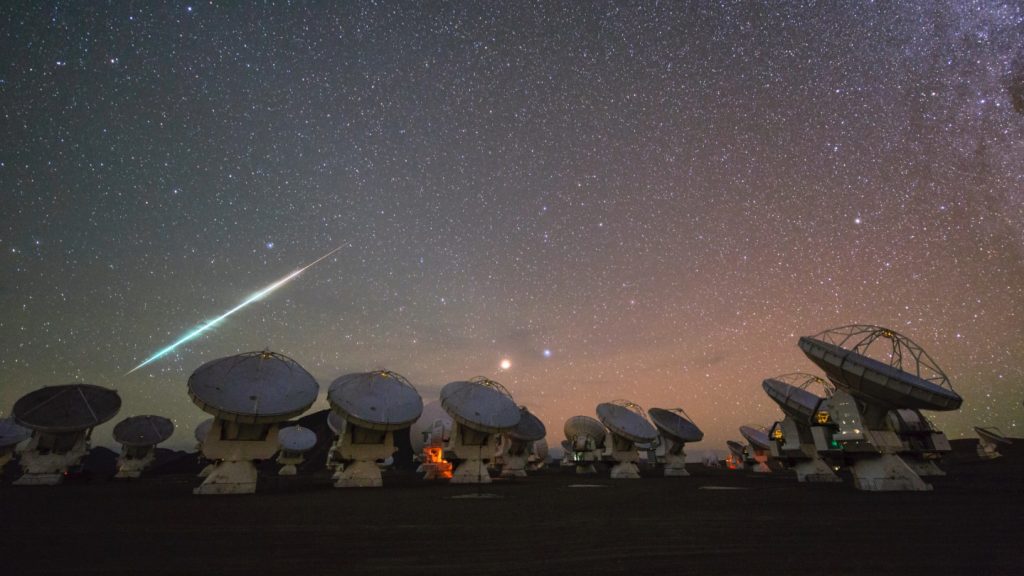Two new studies have revealed that most of Earth’s meteorites can be traced back to specific collisions within the asteroid belt between Mars and Jupiter, with one particularly cataclysmic event occurring around 470 million years ago. This discovery provides researchers with important context, allowing them to better understand how and where the building blocks of planets came together to form the solar system. However, it also suggests that the meteorite collection on Earth may be biased towards a limited number of asteroids, potentially only telling part of the story.
Meteorites play a crucial role in recording the history of the solar system’s formative years, but their origins are often unknown. By determining the specific asteroid that a meteorite came from, scientists can gain valuable insights into the processes that shaped the solar system. Most meteorites on Earth are ordinary chondrites, with two classes, known as H and L, making up the majority of falls. The L chondrites are believed to have originated from a single parent asteroid, which was likely involved in a massive collision that happened 470 million years ago.
Using radioactive dating techniques, researchers have identified an asteroid family called Massalia as the likely source of the L chondrites. This family of asteroids was formed around 500 million years ago after splitting from a larger asteroid, making them a good match for the estimated size and composition of the parent body of the L chondrites. Other lines of data, such as the orbits of near-Earth asteroids with similar signatures, also point to the Massalia family as the source of these meteorites. This ancient impact event also led to a more recent bombardment, sending streams of L chondrite material back onto the largest asteroid remnant.
In contrast, the H chondrites appear to have originated from a different impact event or series of events. By analyzing the orbits of asteroids in the Koronis and Karin families, researchers have determined that both families existed as single asteroids before undergoing collisions that led to the formation of the H chondrites. This suggests that Earth’s meteorite collection may be highly biased towards just a few specific asteroids, potentially limiting our understanding of the diversity of rocks and materials present in the asteroid belt.
While the discovery of these asteroid families provides important insights into the origins of Earth’s meteorites, it also raises questions about the potential limitations of our current collection. Sara Russell, a planetary scientist, suggests that space missions to explore the asteroid belt and collect samples directly may be necessary to expand our understanding of the solar system’s history. By studying a broader range of asteroid materials, scientists can gain a more comprehensive view of the processes that shaped the solar system and led to the formation of planets like Earth.


